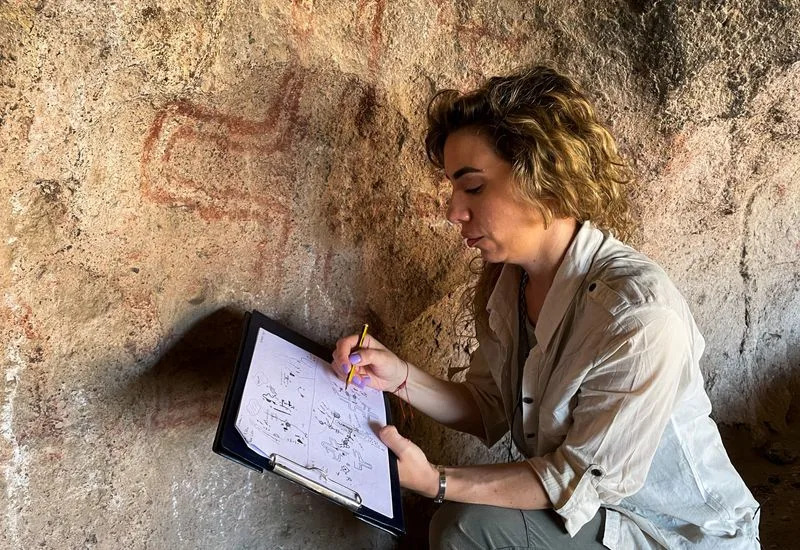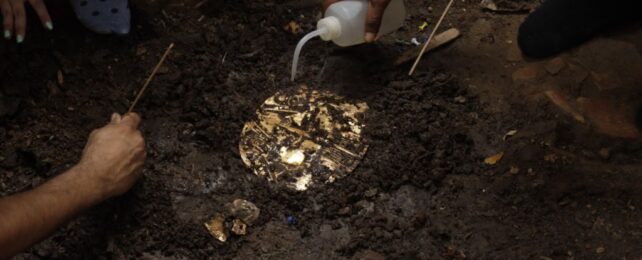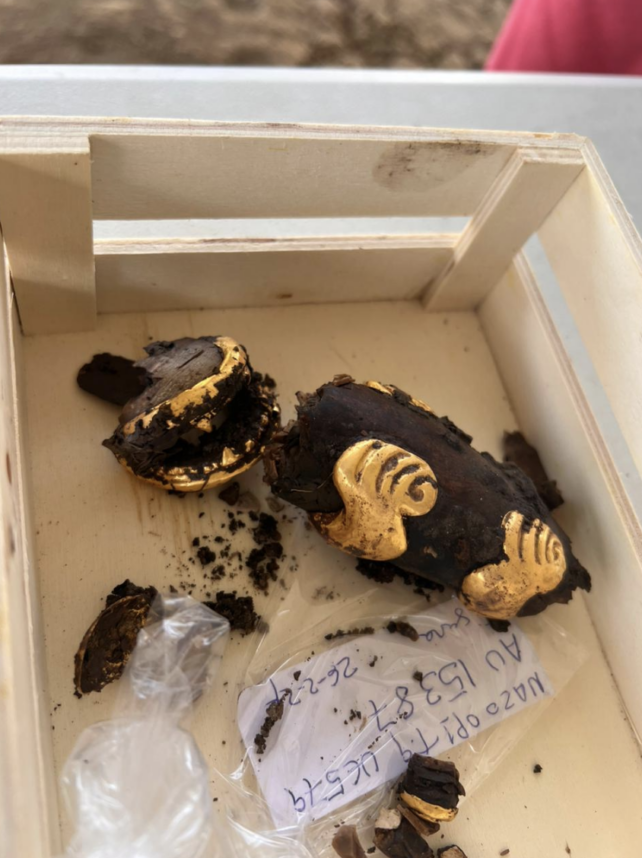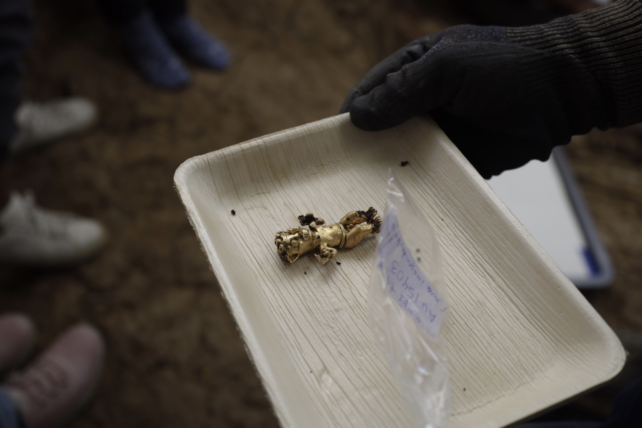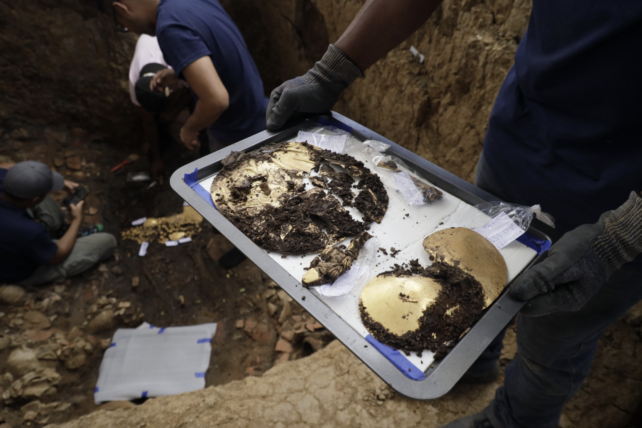SPAGYRIC HERBALISM
Blighia sapida: A tropical fruit with antimicrobial properties
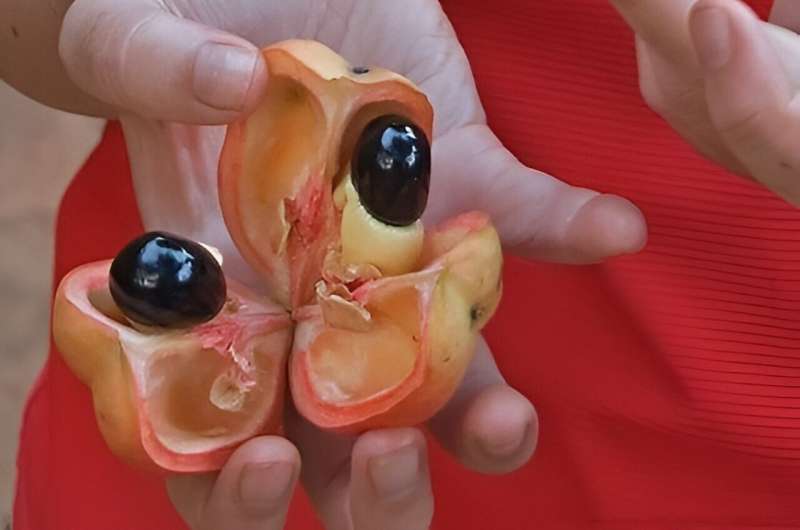
Antimicrobial resistance (AMR) remains 1 of the top 3 global public health challenges facing humanity. Every year, 70,000 people die globally from AMR, and the threat is exacerbated by the fact that we have moved from the era of excess antibiotics to one where only a few antibiotics are considered innovative by World Health Organization (WHO) standards.
The African continent has the highest rate of AMR-related mortality, with Sub-Saharan Africa having the highest mortality rate of 23.5 deaths per 100,000 people in 2019. This is, in part, a result of poverty and fewer regulations on antibiotic use, thereby putting a limit on the solutions that can be offered.
When it comes to identifying new antimicrobials to combat AMR effectively, much can be learned from ethnobotany, an approach that has been used in developing countries for decades, which looks at the practical and medicinal uses of indigenous plants.
Blighia sapida is one plant that shows excellent antimicrobial activity and compares favorably with standard antibiotics, like streptomycin. It is ubiquitous in Africa, easily accessible and offers cost-effective extracts that can be used in the formulation of antimicrobials. Here we take a closer look at what is known about B. sapida's phytochemicals, highlight key areas for further research and introduce a few other plants that have shown activity against pathogens.
B. sapida in traditional medicine
Africa has about 5,000 species of plants that are used for medicine, some of which are antimicrobials. One of these plants is B. sapida, a plant that is ubiquitous in West Africa and can be easily cultivated at low cost. Called by many names in different parts of the continent (Okpu, Isin, Isin, akee apple, etc.), B. sapida is a gem that is used in many industries, including construction. However, its use in medicine in these developing countries is distinct.
The plant extracts have demonstrated in vitro and in vivo antidiarrheal, anticancer, hypoglycemic and antioxidant activities. B. sapida has been used to treat oedema, dysentery and diarrhea, fever, ulcers, yaws, intercostal pain, epilepsy and yellow fever. It has also demonstrated effectiveness in treating gonorrhea, psychosis, stomach ache, rheumatism, hernia, constipation and even cancer. Unripened B. sapida is poisonous for consumption, as it contains a high concentration of hypoglycin A. However, the arils (an additional outgrowth that covers, or partially covers, B. sapida seeds) lose toxicity as the fruit ripens, making the arils of mature ackee safe for consumption.
B. sapida also has antimicrobial properties. For example, the leaf extract of B. sapida showed in vivo antiplasmodial activity—reducing the development of Plasmodium berghei, which causes malaria in rodents. Furthermore, methanolic extract of arils of the plant inhibited in vitro growth of Klebsiella pneumoniae and Staphylococcus aureus.
In another study, B. sapida extract exhibited varying degrees of in vitro activity against S. aureus, Bacillus subtilis, Salmonella Typhi and Streptococcus pneumoniae, as well as 2 strains of gram-negative bacteria, Escherichia coli and K. pneumoniae. Notably, the stem bark and leaf extract of the plant compare favorably well with streptomycin and have low minimum inhibitory concentration and minimum bactericidal concentration in most cases. These studies provide evidence that B. sapida could serve as a drug to treat infections caused by any of these pathogens. But what exactly makes the plant active against these pathogens.
Why B. sapida works
Medicinal plants are the most common traditional medicine used in Africa because of their ease of accessibility, as well as the traditional healer's understanding of the patient's immediate environment. The tropical and subtropical climate in Africa can be hostile and facilitate adaptation of secondary metabolites, which turn out to be beneficial to human health and accumulate more chemopreventive substances than plants in the northern hemisphere.
Studies have shown that extracts from plants could have various inhibitory effects on bacteria, fungi, viruses, protozoa and even parasites due to a synergistic effect of their active ingredients. Ackee's many phytochemicals, including saponins, tannins, flavonoids and alkaloids, have antimicrobial properties and seem to be the reason for the plant's medicinal effectiveness.
For example, saponins cause lysis of bacterial cells; tannins interfere with the metabolism of the cell, eventually causing destruction; flavonoids inhibit nucleic acid synthesis and phenol suppresses the formation of bacterial biofilm. Alkaloids also disrupt bacterial cell membranes, affect DNA function and inhibit protein synthesis.
This synergy is especially important because, while bacteria could easily develop resistance to a particular mechanism of action, the fact that these plants resist microbes using the combined effect of multiple bioactive compounds ultimately reduces the possibility of resistance.
Future outlook of B. sapida
Given the many applications of B. sapida for treating various diseases, and its activity against many human pathogens, several researchers advise further studies. In order to verify that B. sapida is a viable and safe product for use in the formulation of new antibiotics against human pathogens, scientists must assess the toxicity of B. sapida to determine potential side effects, safe dosage, toxic threshold and risk for comprehensive regulatory compliance.
Researchers must also characterize the chemical composition of B. sapida using complex analyses to identify the bioactive components. There is an inadequacy in the characterization of the chemical composition of medicinal plants in Nigeria; only a few of the plants' bioactive components have been analyzed using complex analyses like high-performance liquid chromatography (HPLC).
The few existing studies on B. sapida show great prospect, but additional funding is needed to understand the underlying synergy of phytochemicals present in this medicinal plant (as well as others). Such chemical characterizations are needed to validate the medicinal claims associated with B. sapida.
:focal(960x411:961x412)/https://tf-cmsv2-smithsonianmag-media.s3.amazonaws.com/filer_public/dc/3f/dc3f828a-e6b1-4503-9488-ce62954969e7/garba_et_al_media_fig_03.jpg)
/https://tf-cmsv2-smithsonianmag-media.s3.amazonaws.com/filer_public/6c/78/6c789999-0190-46e3-b980-d4e3d66a57da/garba_et_al_media_fig_08.jpg)
/https://tf-cmsv2-smithsonianmag-media.s3.amazonaws.com/filer_public/f6/f7/f6f75908-7448-47d4-bed7-1fbe93f79b40/gh_8niowoaakuek.jpeg)



